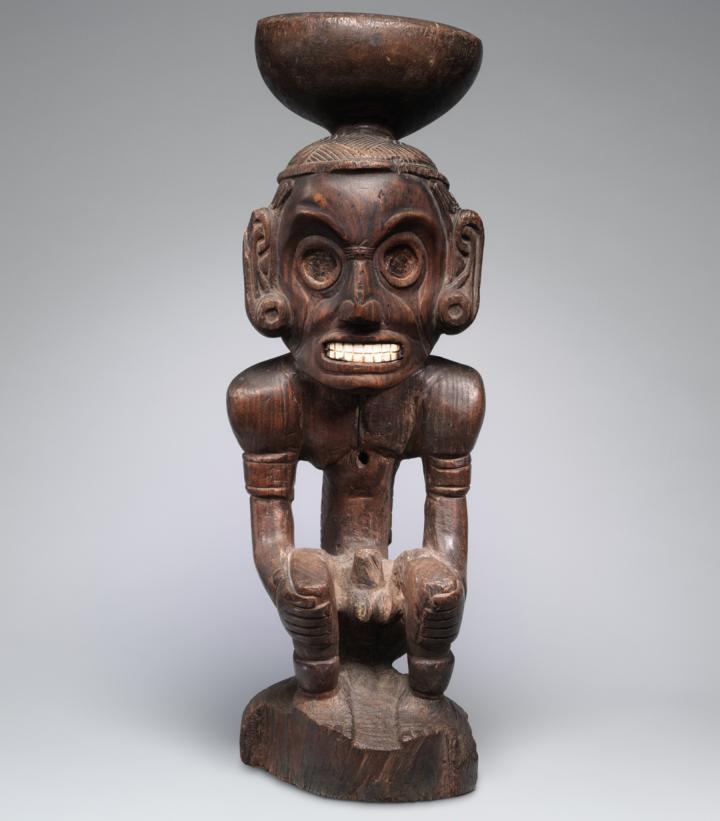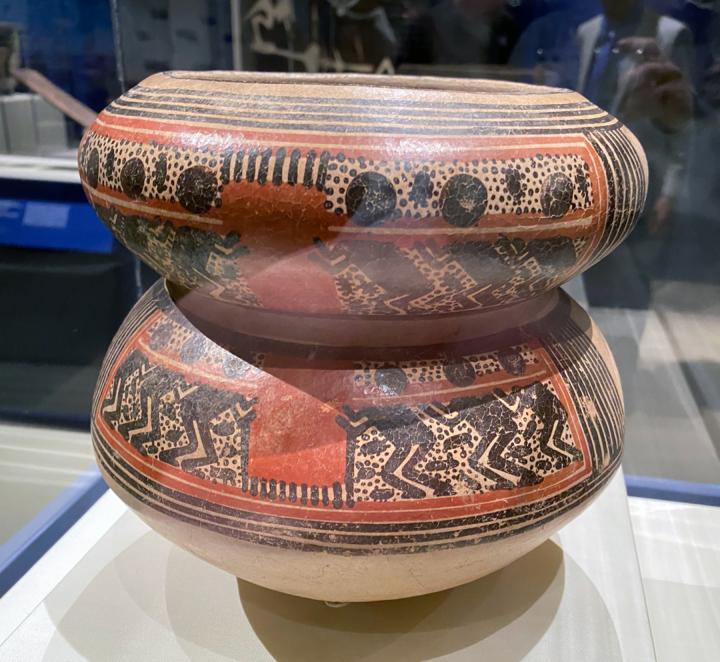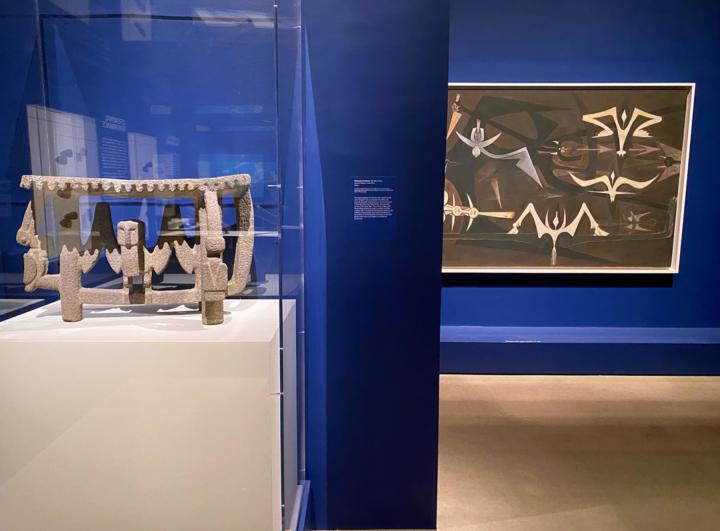 |
Canku Ota
|
 |
|
(Many Paths)
|
||
|
An Online Newsletter
Celebrating Native America
|
||
|
September 2020 - Volume
18 Number 9
|
||
|
|
||
|
The Artistic World
Of The Taíno People
|
||
|
by Hrag Vartanian -
Hyperallergic
|
||
|
In Arte del
mar, curator James Doyle highlights some of the most fascinating
precolonial objects at the Metropolitan Museum.
c In a small exhibition at the Metropolitan Museum of Art, titled Arte del mar: Artistic Exchange in the Caribbean, Assistant Curator James Doyle showcases some of the rare wooden objects, along with the intricate gold pieces, fascinating stone stools, and other objects that have survived over the centuries. He explains what makes the artistic objects of the Taíno unique, why bats and other animals are common in the imagery, and what we know about a civilization that was drastically impacted by the devastation and genocide of European colonization. Also, some good news: the run of the exhibition has been extended until June 27, 2021. The music for this week's episode is "The Shady Road" by artist B. Wurtz. His debut album, Some Songs, will be released on October 16 by Hen House Studios. Subscribe to the Hyperallergic Podcast on Apple Podcasts, or anywhere else you listen to podcasts.
|
||||||||||||||
|
|
|
|
||
|
|
||
| Canku Ota is a free Newsletter celebrating Native America, its traditions and accomplishments . We do not provide subscriber or visitor names to anyone. Some articles presented in Canku Ota may contain copyright material. We have received appropriate permissions for republishing any articles. Material appearing here is distributed without profit or monetary gain to those who have expressed an interest. This is in accordance with Title 17 U.S.C. Section 107. | ||
|
Canku Ota is a copyright ©
2000 - 2020 of Vicki Williams Barry and Paul Barry.
|
||
 |
 |
|
|
The "Canku
Ota - A Newsletter Celebrating Native America" web site and
its design is the
|
||
|
Copyright ©
1999 - 2020 of Paul C. Barry.
|
||
|
All Rights Reserved.
|
||






